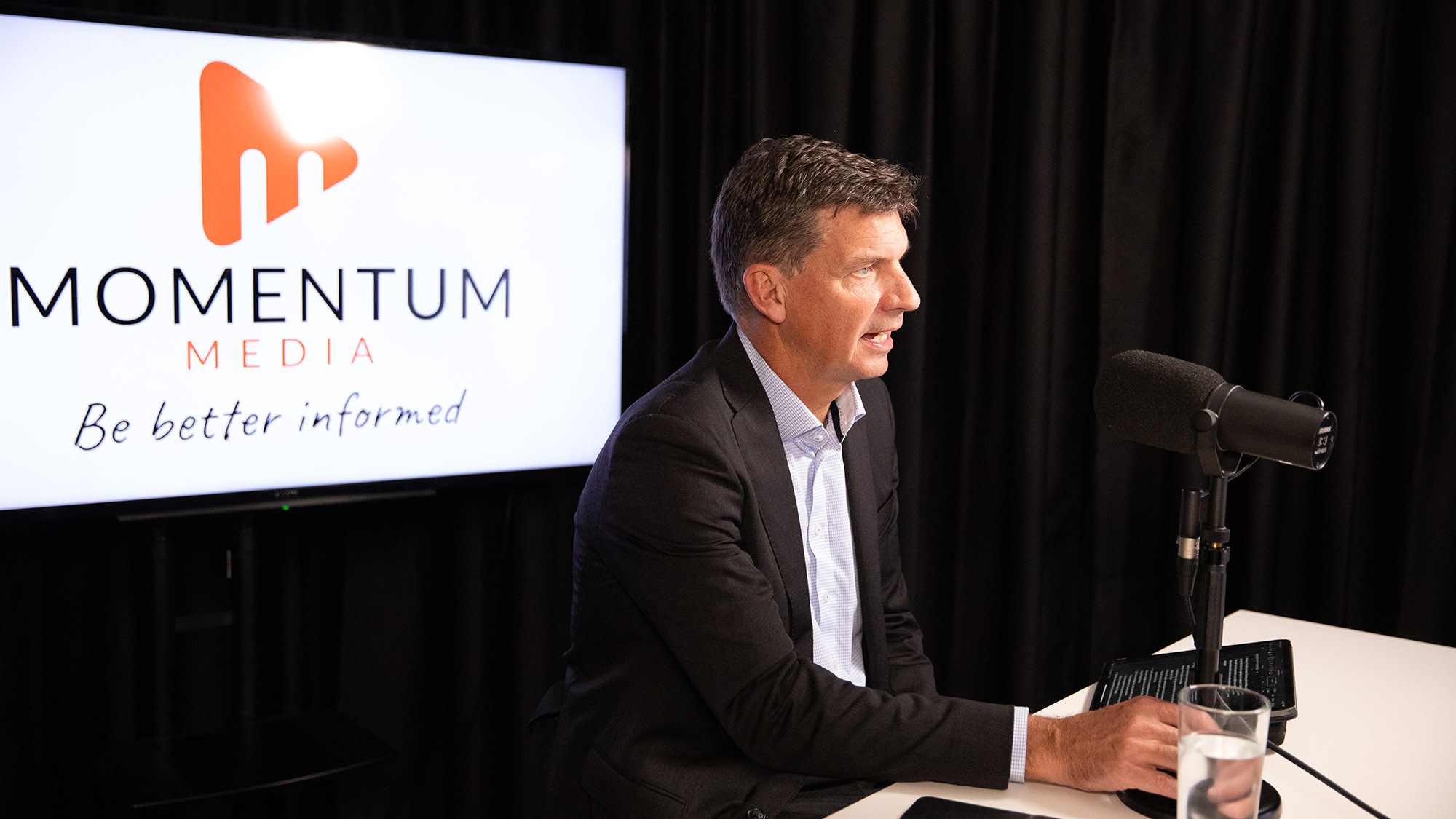Fee-based advice yet to impact planner remuneration
A glance through the planner remuneration column of the Top 100 table confirms what many have suspected — all the talk of fee-based advice is just that, talk.
Only one of the 56 groups that disclosed their remuneration structures relies totally on fees —Centrestone Wealth Advisory.
According to Centrestone joint chief executive, Rob Keavney, the group has been charging fee-for-service and rebating all initial and trail commissions since 2000 because it feels it is the “only really appropriate basis for a relationship with a client, as it removes all possible traces of bias” — but he says administrative complexity may be a deterrent for other groups to employ this method.
While a significant proportion of advisers from Top 100 groups — 31 per cent of those disclosed — earn their keep through a combination of fees and commission, on closer examination the breakdown of this income shows there is still a heavy reliance on commission.
There is also an equal split between planners who are totally commission-based and those who are 100 per cent salaried, with 23 per cent of those disclosed falling into each of these groups. The remaining proportion are either remunerated by salary and commission, or a combination of salary, fees and commissions.
When it comes to keeping advisers on salary, the large institutions dominate, with banks, insurers and superannuation funds, such as Commonwealth Bank of Australia (CBA),AXAandState Supermaking up 69 per cent of the groups that reported their advisers were 100 per cent salaried.
CBA executive general manager, financial planning and advice services, Brett Himbury, says this creates closer ties between planners and the banks.
“To be successful in a bank, you not only have to have the planning capabilities, but you also have to be mindful of the fact that your biggest customer is the bank.
“We have to have the right remuneration structures to attract the best advisers for different customer segments, but we also have to integrate ourselves into the bank and optimise that relationship,” he says.
The majority of planners are still effectively employed on a contract basis or through franchises, however, 20 per cent of groups employ a variety of engagement methods for different parts of the business.
Bongiorno Financial Advisers, for example, has advisers working as salaried employees as well as advisers who are self-employed operating under contract to the licensee.
Recommended for you
Money Management’s 2021 TOP Financial Planning Groups survey has confirmed that the number of financial advisers operating under the umbrellas of the largest groups has dropped to new lows, Oksana Patron writes.
Money Management’s 2020 TOP Financial Planning Groups research has confirmed the number of planners working at the biggest groups has dwindled to its lowest levels in years, underscoring the end of the banks’ dominance in wealth management, writes Oksana Patron.
The Money Management TOP Financial Planning Group Survey is the longest running annual snapshot of the leading advice groups in the sector.
The last 12 months caught the financial planning industry in the middle of a transition and struggling to figure out what the new rules of the game will be in a still-evolving post-Royal Commission environment, Oksana Patron writes.











